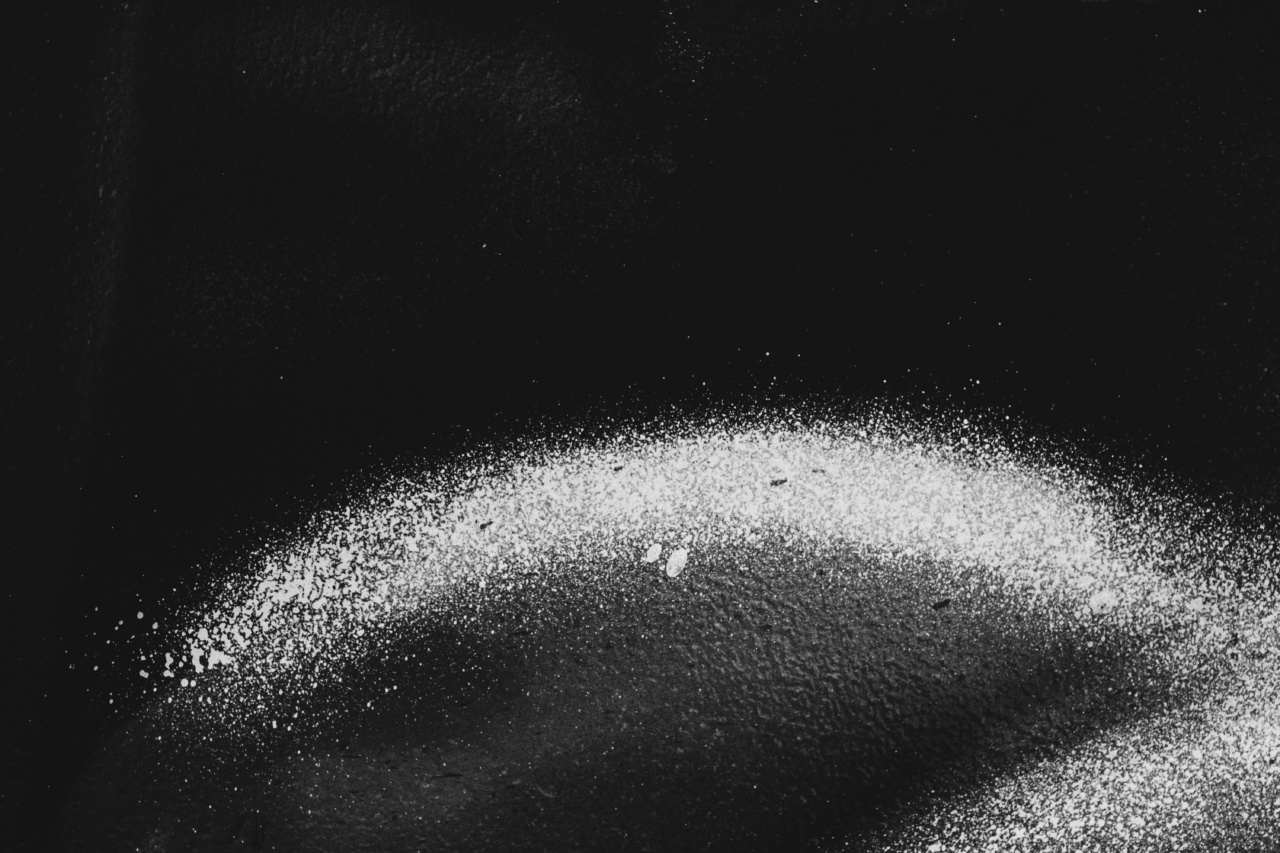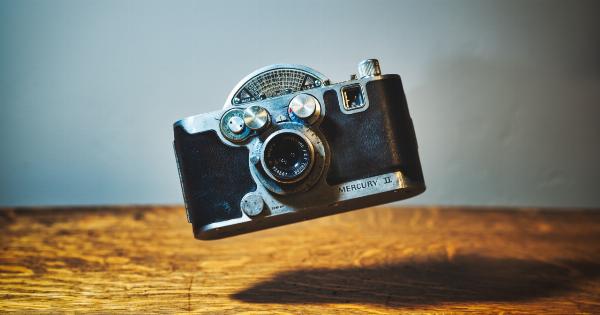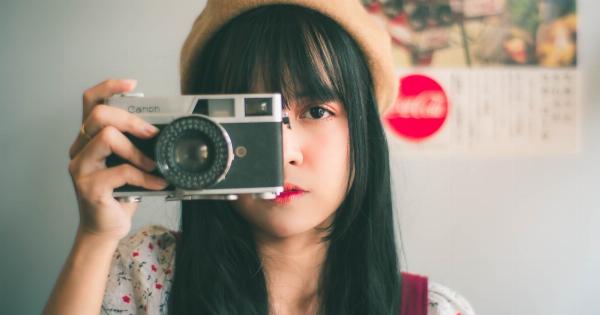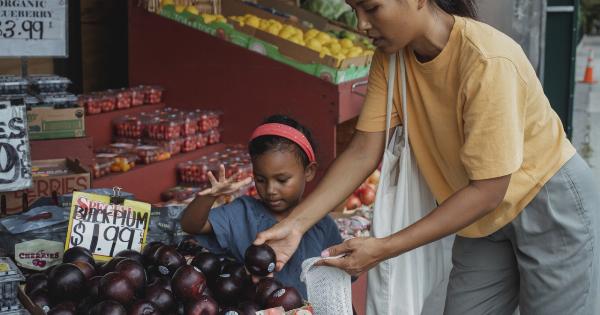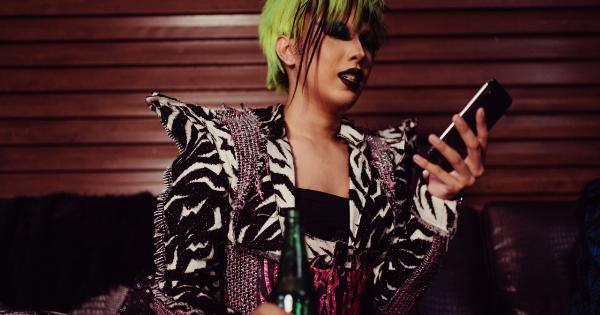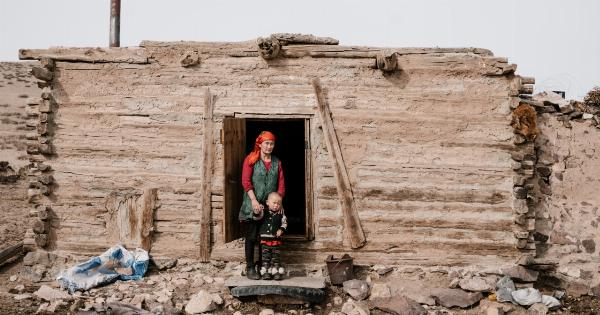The realms of art, sexuality, and reproductive science have long been interconnected, influencing and inspiring one another throughout history.
This unique intersection explores the relationships between human sexuality, reproduction, and artistic expression, shedding light on the diverse perspectives and narratives that arise from this complex interplay. By examining the ways in which art interacts with concepts of sexuality and reproductive science, we can deepen our understanding of human nature, challenge societal norms, and appreciate the beauty that emerges from this fusion.
Historical Perspectives: Art and Sexuality
Throughout history, art has been used as a vessel to explore and express human sexuality in various forms. Ancient civilizations, such as the Greeks and Romans, celebrated sexual desire through sculptures, paintings, and literature.
These works of art not only depicted physical intimacy but also explored the nuanced emotions and dynamics surrounding sexuality.
Artistic movements like the Renaissance and Baroque periods further embraced the exploration of human sexuality. Artists such as Michelangelo and Titian celebrated the beauty of the human body, often creating sensual and provocative artworks.
Erotic art, such as Kama Sutra illustrations, emerged as a means to educate, enlighten, and stimulate conversation about sexual practices across cultures.
The Art of Reproductive Science
Reproductive science, encompassing fields such as gynecology, obstetrics, and embryology, has also influenced art.
The human reproductive system has long fascinated artists, inspiring them to create works that celebrate fertility, childbirth, and the miracle of life. From ancient fertility goddess statues to modern-day sculptures, the connection between art and reproductive science showcases humanity’s fascination with the reproductive process.
Due to advancements in reproductive science and technology, artists are now engaging with contemporary concepts such as assisted reproductive technologies (ART) in their work.
These artistic expressions shed light on the emotional and ethical considerations surrounding infertility, surrogacy, and genetic engineering. Artists challenge societal notions of reproduction and explore the diverse possibilities and implications of scientific interventions.
Breaking Stereotypes: LGBTQ+ Perspectives in Art
The intersection of art, sexuality, and reproductive science transcends traditional notions of gender and identity. LGBTQ+ artists have used various art forms to express their unique experiences, challenging societal norms and stereotypes.
Paintings, photography, and performance art have all become platforms for individuals to explore and celebrate diverse sexual orientations and gender identities.
By embracing the intersection of art, sexuality, and reproductive science, LGBTQ+ artists have shed light on their experiences with reproductive challenges, such as adoption, surrogacy, and in vitro fertilization.
They have used their art to raise awareness, cultivate empathy, and dismantle discriminatory narratives surrounding non-heteronormative reproductive journeys.
Art as a Medium for Advocacy
The intersection of art, sexuality, and reproductive science has become a powerful tool for advocacy and social change.
Artists have used their creations to challenge oppressive laws, fight for reproductive rights, and promote comprehensive sexuality education. Art installations, performances, and protest art have all played pivotal roles in initiating conversations, highlighting disparities, and advocating for the autonomy and bodily rights of individuals.
Additionally, art has the ability to break down barriers, foster empathy, and bridge gaps in understanding.
Artists collaborating with reproductive scientists have created powerful visual representations of scientific advancements and have enabled the public to engage with complex concepts in a more accessible manner. This intersection invites dialogue between disciplines, enriching both the scientific and artistic communities.
Art Inspiring Reproductive Science
The influence of art extends beyond expression and advocacy—it also inspires and informs reproductive science. Scientific research often draws upon artistic depictions of the human body, aiming for greater accuracy and appreciation of its beauty.
Artistic anatomical drawings paved the way for medical advancements, enabling a deeper understanding of the reproductive system and facilitating breakthroughs in scientific research.
Artistic experimentation has also sparked scientific inquiry. Surrealists like Salvador Dalí and Frida Kahlo explored themes of fertility, pregnancy, and childbirth, often incorporating vivid imagery and symbolism into their works.
These artistic explorations have influenced scientific investigations, influencing researchers to delve deeper into the complexities of human reproduction and fertility.
Art, Sexuality, and Reproductive Science in the Digital Age
The digital age has further expanded the intersection of art, sexuality, and reproductive science. Online platforms provide spaces for individuals to share their artwork, stories, and experiences related to sexuality, reproduction, and gender.
Social media platforms have become catalysts for conversations, allowing artists to reach wider audiences and prompt discussions about reproductive health, sexual consent, body positivity, and LGBTQ+ rights.
Technological advancements, such as virtual reality and interactive art installations, have allowed individuals to engage with art in more immersive and participatory ways.
Artists can now create digital experiences that explore the complexities of human sexuality and reproduction, providing audiences with thought-provoking encounters and opportunities for introspection.
Conclusion
The intersection of art, sexuality, and reproductive science serves as a powerful catalyst for societal conversations, introspection, and change.
Through ancient sculptures, Renaissance masterpieces, and contemporary digital art, we gain insights into the diverse experiences of human sexuality and reproduction. By appreciating and engaging with this intersection, we can foster empathy, challenge existing paradigms, and uplift underrepresented narratives.
